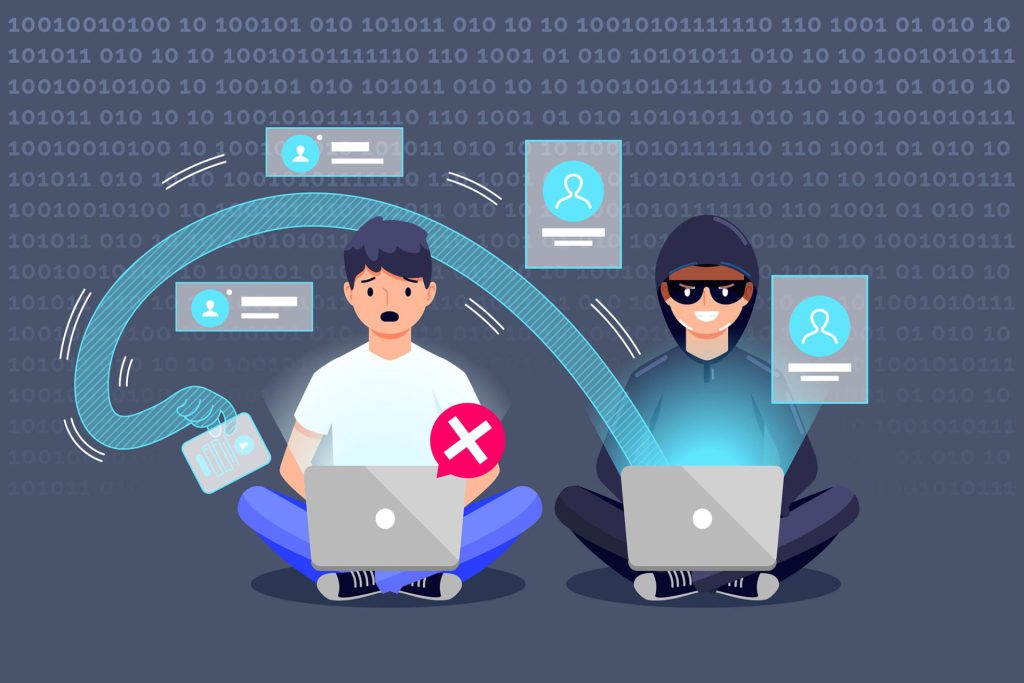In the digital age, cyber threats have become more sophisticated and dangerous than ever before. One of the most alarming threats facing individuals and businesses alike is ransomware. This malicious software can quickly compromise devices, lock users out of critical files, and bring operations to a standstill.
Understanding ransomware attacks for businesses is crucial for developing a proactive cybersecurity strategy. By learning how ransomware works, recognising the signs of vulnerability, and implementing preventive measures, companies can better protect themselves against devastating breaches and financial losses.
What is Ransomware?
Ransomware is a type of malicious software (malware) that cybercriminals use to deny users access to their files or devices. Once ransomware infects a device, it typically encrypts important files, locking users out and rendering critical data inaccessible. Victims are then faced with a ransom demand—often requested in cryptocurrency—to regain access to their data.
The damage from a ransomware attack can be catastrophic, leading to loss of sensitive data, financial harm, reputational damage, and regulatory penalties. For businesses, the stakes are even higher, as an attack can disrupt operations, affect customer trust, and even force a company to shut down.
Security Vulnerabilities: Are You a Potential Target?
Several factors can increase the risk of falling victim to a ransomware attack. If your devices or systems exhibit any of the following vulnerabilities, you could be an easy target for cybercriminals:
- Devices that are no longer state-of-the-art and lack the latest hardware protections
- Outdated software that has not been patched with security updates
- Operating systems or browsers that are no longer supported or updated
- Lack of a comprehensive backup plan for critical data
- Insufficient attention to cybersecurity protocols and no incident response plan in place
If even one of these vulnerabilities exists within your business environment, the risk of a ransomware infection is significantly higher.
How to Prevent Ransomware Infections
Protecting your business from ransomware requires a proactive and multi-layered approach. Here are some best practices to mitigate the risk of infection:
1. Never Click on Unsafe Links
Avoid clicking on links in unsolicited emails, suspicious text messages, or unknown websites. Many ransomware infections start with a simple click that triggers an automatic download. Always verify links before clicking, and encourage employees to be vigilant.
2. Be Cautious with Personal Information
Cybercriminals often gather personal information to tailor convincing phishing attacks. Never disclose sensitive information to untrusted sources. If a message requesting personal details seems suspicious, verify the sender’s identity through official channels before responding.
3. Do Not Open Suspicious Email Attachments
Email attachments are a common delivery method for ransomware. Always scrutinise the sender’s email address and subject line before opening any attachments. Avoid attachments that require you to enable macros to view the content, as macros can execute malicious code that gives hackers control over your device.
4. Avoid Using Unknown USB Sticks
Never insert USB sticks or external drives into your computer unless you know their source. Cybercriminals sometimes leave infected USB drives in public places, hoping an unsuspecting victim will plug them in and unleash malware onto their system.
5. Keep Software and Operating Systems Updated
Regular updates are vital for cybersecurity. Software vendors often release patches to fix security vulnerabilities. Delaying updates leaves your systems exposed to known exploits. Set automatic updates wherever possible to ensure continuous protection.
6. Download Software Only from Trusted Sources
Downloading files from unverified websites dramatically increases your risk of ransomware infections. Always use trusted, official websites for software downloads. Look for HTTPS in the website address and check for security certifications and seals.
7. Use VPN Services on Public Wi-Fi Networks
Public Wi-Fi networks are inherently insecure, making it easier for hackers to intercept your data. Whenever possible, avoid accessing sensitive information over public Wi-Fi. If necessary, use a reputable Virtual Private Network (VPN) to encrypt your internet traffic and secure your connection.
What to Do If Ransomware Strikes
Despite all precautions, it’s crucial to have a response plan in place in case of a ransomware attack. Early detection and swift action can minimise damage:
- Notify your IT department or cybersecurity team immediately to initiate an investigation.
- Isolate the infected devices to prevent the malware from spreading.
- Assess the extent of the infection and consult cybersecurity experts.
- Do not pay the ransom unless absolutely necessary, as it does not guarantee file recovery and encourages further criminal activity.
- Restore data from secure backups to resume operations safely.
Having up-to-date and secure backups is one of the best defenses against ransomware attacks for businesses. Regular backup routines, preferably with offline or cloud backups that cannot be easily accessed by attackers, ensure your business can recover critical data without paying a ransom.
Protect Your Business with CorpCloud
At CorpCloud, we understand the evolving landscape of cyber threats. We offer tailored cloud backup solutions, cybersecurity consulting, and secure cloud services that help businesses protect themselves from ransomware attacks. Our team is committed to helping you build a resilient and secure IT environment so you can focus on growing your business with confidence.
Don’t wait until it’s too late—invest in your business’s security today. Contact CorpCloud to learn more about our cybersecurity and cloud protection services.

